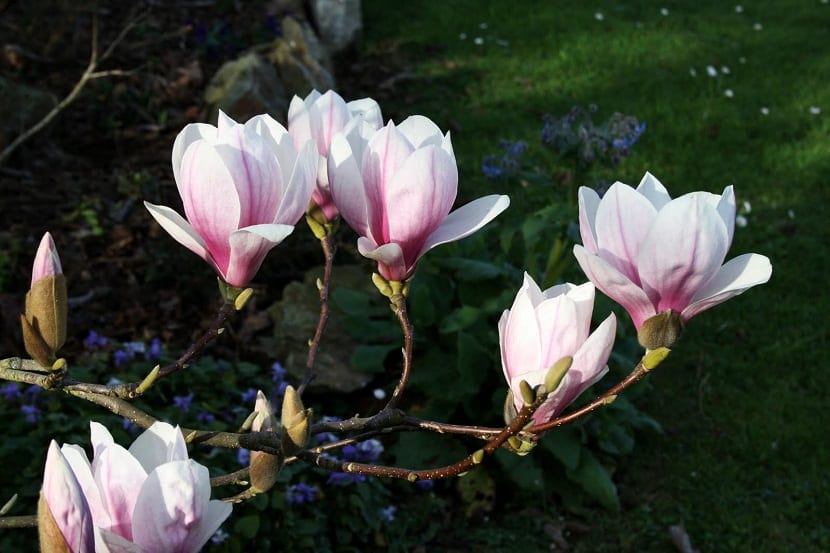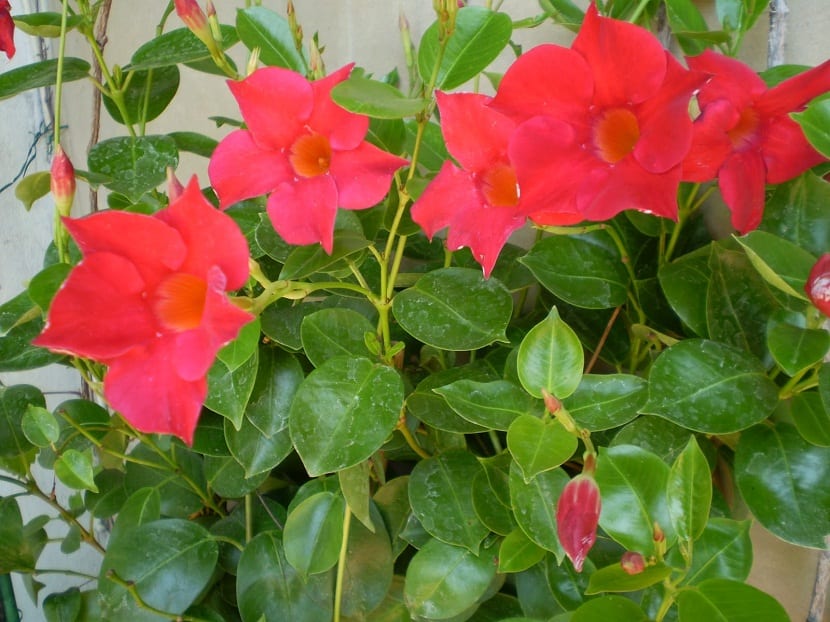
La Schisandra Chinensis or Climbing Magnolia, It is a plant of Asian origin (China and Korea), related to magnolias for some of the characteristics they have in common.
Today it is common to get for sale three types of Schisandra and these are the Schisandra chinensis, the Schisandra Henryi and the Rubiflora Schisandra.
Medicinal properties of Schisandra Chinensis

The Schisandra Chinensis has medicinal properties, but it is also used ornamentally and other forms of consumption since its fruit is edible and is that this plant has male and female reproductive units present in its flowers, where the latter are present in the plant in May and June, manifesting in three colors, pink, cream and white.
The leaves are dark green and have red petioles, the same they change color in autumnIts stem is brown in color and it can climb as well as expand on the ground, the latter being its natural orientation.
The basic care for this plant begins by guaranteeing a moist soil with good drainage so that water and indirect sunlight do not accumulate throughout the day, so that it produces quality fruits. It is also worth remembering that Schisandra Chinensis withstands very low temperatures down to -30 degrees.
Would you like to know how to sow it?

Next we are going to give you valuable information, for you to plant and cultivate Schisandra chinensis, since this is quite a versatile plant in the sense that it can be planted at any time of the year. It is important that the space where it will be planted must have good drainage to prevent the roots from rotting and apply humus to the bottom of the planting hole.
During the first 3 years the plant should be allowed to grow to its shape which is spreading its branches to the ground; After this time, the strongest stems should be chosen, about three at most, to secure them to a vertical support in such a way that we direct their growth upwards so that it generates flowers and fruits later.
Must be prune in early spring, removing weak stems and in poor condition and carefully cutting those from the previous year according to the recommended height in these cases.
Act quickly. water the plant frequently, taking care of the drainage and avoiding the accumulation of water around it. The fertilization process must be carried out from the second year after being planted.
If all the above process was carried out correctly, this plant should produce the berries from the fourth year.
Where to use Schisandra Chinensis?
If what we are pursuing is decoration of garden areas, this plant is used with great success in the ornamentation of pergolas, fences, walls and some supports.
If it is about curative properties, its bark, leaves and seeds have certain substances that help fight drowsiness, anemia, tiredness, poor vision, lung conditions, fatigue and others.
The way to consume it is in infusions prepared with dried leaves, a preparation of these provides the body with a invigorating effect at the same time that it strengthens the respiratory system and the nervous system.
The fruit of this plant is highly appreciated, since these berries have a powerful invigorating and fortifying called Schisandrine that, together with other components such as iron, manganese, copper, vitamin E, magnesium, potassium, phosphorus and other substances makes it a fruit with an important energy contribution that can be consumed, in juice, in extract, in infusion and raw.
The berry product of the Schisandra, has very particular characteristics that lie in the five flavors it has, where the bark is sweet in taste, its pulp is sour, the seeds can be sour or bitter while its extract is salty.
The use of this plant for medicinal purposes is very common in East Asia.
The divine magnolias did not know their medicinal properties, thank you.